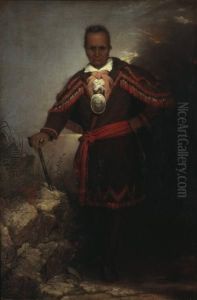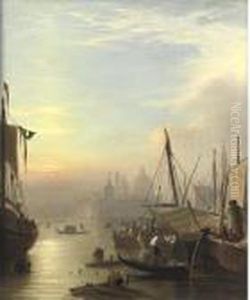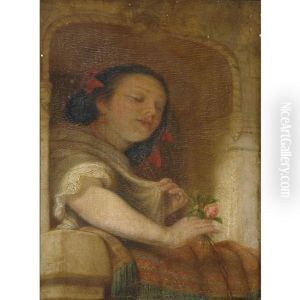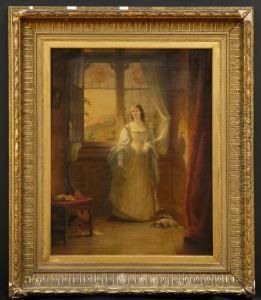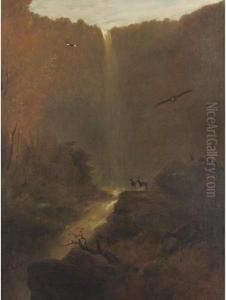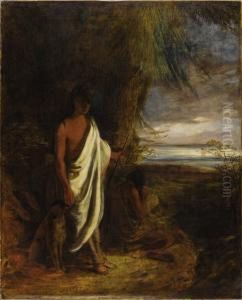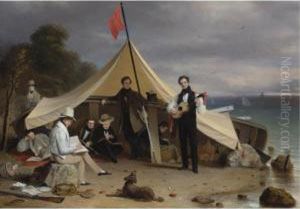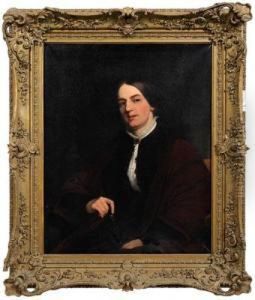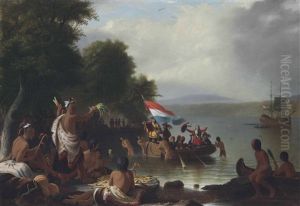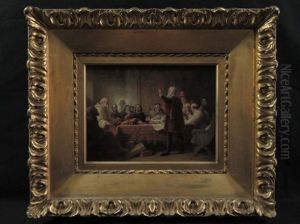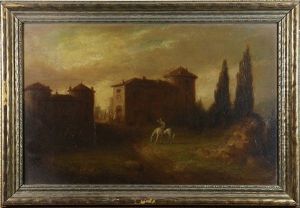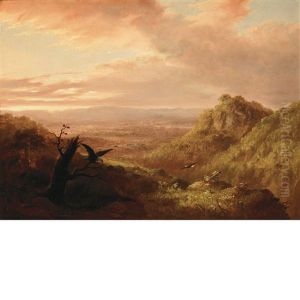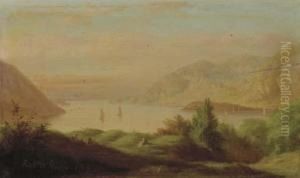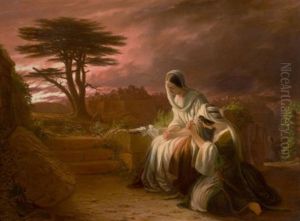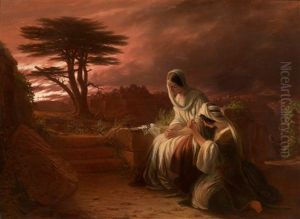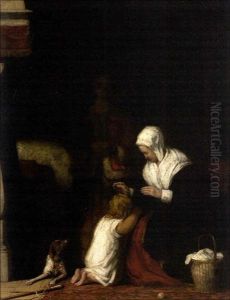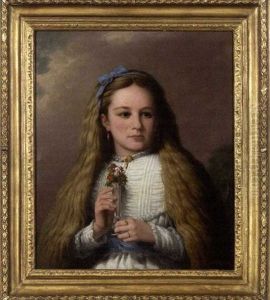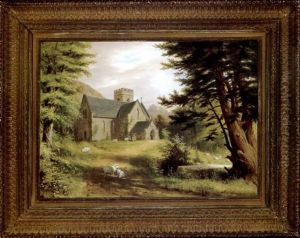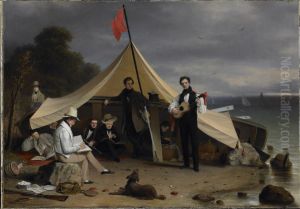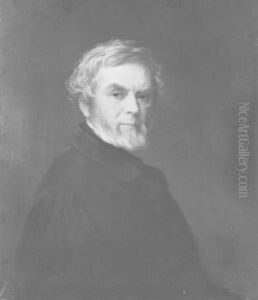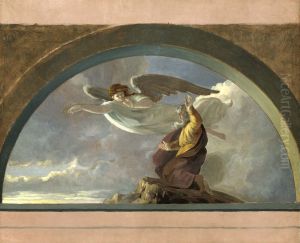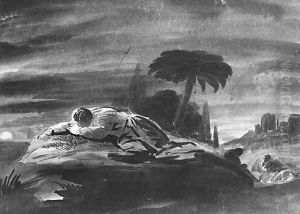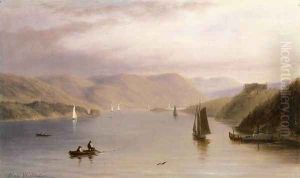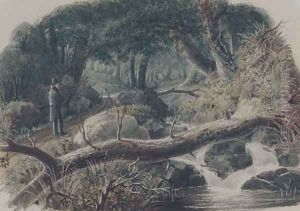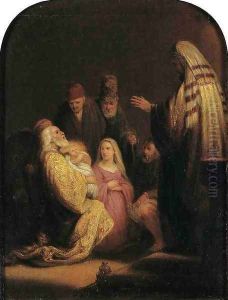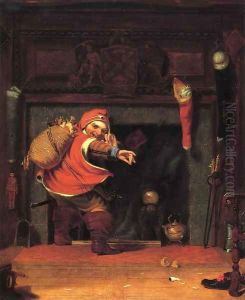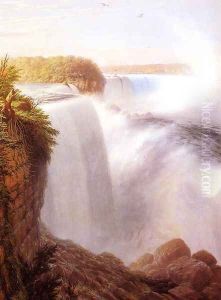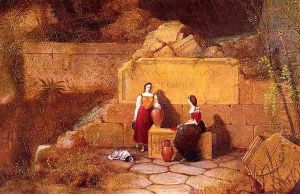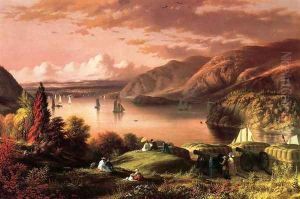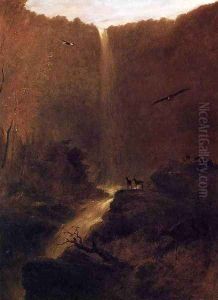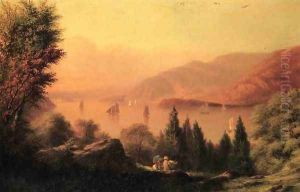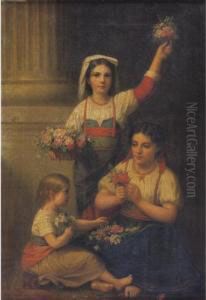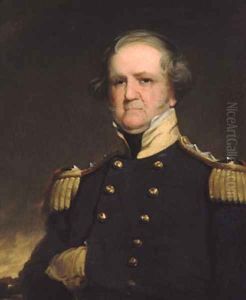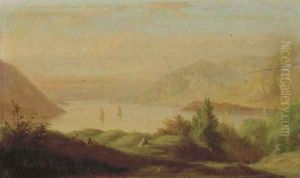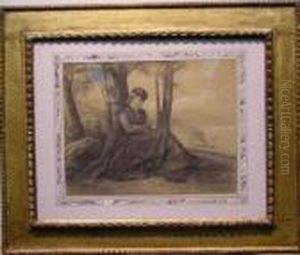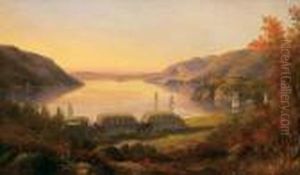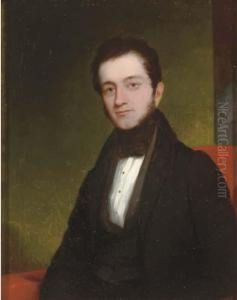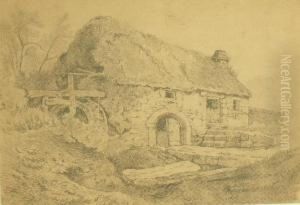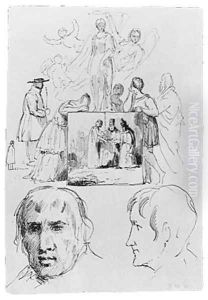Robert Walter Weir Paintings
Robert Walter Weir was an American artist born on June 18, 1803, in New York City. He was a significant figure in the American art scene of the 19th century and is perhaps best known for his work as an educator and as a historical painter. Weir demonstrated an early interest in art and pursued his education in drawing and painting, eventually traveling to Italy in 1824 to further his studies. His time in Europe, which lasted about four years, allowed him to immerse himself in classical art and the works of the Old Masters, which greatly influenced his own style and technique.
Returning to the United States in 1827, Weir began to establish himself as a portrait and historical painter. His reputation grew, and in 1834 he was appointed as an instructor at the United States Military Academy at West Point, a position he held for 42 years. During his tenure at West Point, he taught many who would become important military leaders, including Ulysses S. Grant and Robert E. Lee. Weir's role as an educator was a significant part of his legacy, as he influenced a generation of military officers and artists.
As an artist, Weir was versatile, working in both oils and watercolors, and he was also accomplished at etching. His subjects ranged from landscapes and genre scenes to religious and historical paintings. One of his most famous works is 'Embarkation of the Pilgrims,' which hangs in the United States Capitol Rotunda and was completed in 1844. He was also involved in the early years of the National Academy of Design in New York and was a member of the American Academy of the Fine Arts.
Weir's art often reflects the romantic and nationalist sentiments of his time, and his works are characterized by their detailed realism and historical accuracy. Despite his successes, he never achieved the same level of fame as some of his contemporaries, such as Thomas Cole or Asher B. Durand, but his contribution to the American art world, particularly in the realm of education, remains significant.
Robert Walter Weir continued to paint and teach until his later years. He passed away on May 1, 1889, in New York. His legacy is not only in the art he created but also in the impact he had on the students he taught and the American art education system. His works are held in various collections and continue to be studied and appreciated for their contributions to American art history.
